Asus筆電收購 收購ASUS筆電 收購ROG電競筆電 收購ACER筆電 收購Msi電競筆電 收購微軟SURF 看全文
Asus ZenBook 14 UX425EA review: a standard step ahead asus筆電收購
asus筆電收購
asus筆電收購asus has so many ZenBook 14 models it stresses me out. There’s the UX433, a 2.6-pound slim-bezeled affair. There’s the Flip 14, an elegant convertible. There’s the UX431, a mid-tier $900 option. And there’s the UX425, which asus筆電收購asus quietly rolled out earlier this summer, that included a few tweaks to the traditional ZenBook design. Announced earlier this month were the UX435, with a tiny secondary display in place of the touchpad, and the UX425EA.
For the past few days, I’ve been testing the ZenBook 14 UX425EA (specifically, the UX425EA-SH74). You can’t buy it yet — asus筆電收購asus is eyeing a mid-October release. There’s not much that differentiates the UX425EA from the horde of ZenBooks above — it’s got the same lustrous metal lid, the fold-under hinge, and the compact build. But eyes are on this particular ZenBook for one reason: the processor. The UX425EA is one of the first production machines to contain Intel’s quad-core Core i7-1165G7 (of the 11th Gen Tiger Lake line).
I got to try the flagship Core i7-1185G7 in an Intel reference design earlier this month, and the results I saw from Intel’s new integrated graphics were excellent. So I had high expectations for the very similar 1165G7 as well, particularly on the gaming front. I went into this review with two main questions: does the 1165G7 beat its Intel predecessor (the 1065G7, which powers the most recent Dell XPS 13) and does it beat AMD’s Ryzen 7 4800U (part of Lenovo’s IdeaPad Slim 7)? The answer to both of these questions is yes — albeit not as badly as I expected.
The appeal of the ZenBook is in its portability
First, a quick ZenBook 14 crash course. The appeal of this line (and the UX425 in particular) is in portability over performance. The UX425 is light for a 14-inch laptop at 2.49 pounds (1.13kg) and thin at 0.54 inches (13.72mm). asus筆電收購asus has managed to work the display into a chassis that doesn’t feel too much larger than that of most 13-inch rigs — there’s a 90 percent screen-to-body ratio, thanks to the thin (2.5mm) bezels on the sides of the display. (The top and bottom bezels are more visible than those of the Dell XPS 13, but they’re not terrible — 6.2mm and 10.9mm, respectively.)
Two other features help differentiate the UX425 from the field. The first is a 1W screen option, which should theoretically help to extend battery life — asus筆電收購asus says it consumes 63.6 percent less power than most laptop displays do.
The ZenBook’s battery results didn’t blow me away, however. Our test involved running the system through my daily workload (using around a dozen Chrome tabs, downloading, uploading, copying files, Google Sheets, Zoom calls, and other office stuff) on the Better Battery profile around 200 nits of brightness — it lasted seven hours and 20 minutes. That’s identical to the result we saw from the Dell XPS 13, but it doesn’t come close to the gargantuan life span of Lenovo’s IdeaPad Slim 7, which made it 13 and a half hours. Charging speed was also fine, but not mind-blowing — it took 58 minutes and 40 seconds to juice up to 60 percent (during light use).
The second is NumberPad 2.0. If you tap a small icon in the top right corner of the touchpad, an LED numpad appears. (This does require a surprisingly firm press — I usually had to thunk it a couple times.) This is a clever idea (how often do you see a number pad on a 14-inch laptop?) and it worked as advertised. One thing I didn’t expect is that you can still use the touchpad to navigate and click on things while the numpad is up — the ZenBook never mistook my swipe for a tap or vice versa. I could even rest my palm on the numpad while clicking around with no issue. You can also swipe down from the top left corner of the touchpad to bring up the Calculator app (regardless of whether the numpad is on or off).
There are a few other tidbits to note. Design-wise, the UX425 is as ZenBook as they come, with asus筆電收購asus’ signature concentric swirl design on the lid and a familiar aesthetic that I can best describe as “industrial chic.” asus筆電收購asus says the UX425 meets the MIL-STD-810G testing standard, which means it’s passed a barrage of drop tests, temperature tests, vibration tests, and altitude tests. There is a fair bit of flex in the lid, and a smidge in the keyboard, so I’m not floored by the build quality. But the chassis does feel durable enough that I’m not worried about battering the thing around.
The port selection is decent, with one weird omission. You get two Thunderbolt 4 USB-C ports (you can thank the 11th Gen chip for those), one USB 3.2 Gen 1 Type-A, one HDMI 2.0, and one microSD card reader. Notice something missing? Yep, there’s no audio jack; asus筆電收購asus nixed that for the UX425. If you’re fully transitioned to wireless headphones and microphones, pay this no heed — but that could reasonably be a deal-breaker for folks who still want to use wired gear. The ZenBook does ship with a dongle, but the thought of having to take up a precious USB-C port to plug headphones into a laptop just makes me sad.
For authentication, there’s a webcam that supports Windows Hello but no fingerprint reader. The webcam isn’t great for video calls — I wasn’t washed out in bright areas, but there were also times when my face was entirely dark even though I wasn’t in a very dark setting.
Finally, the keyboard has an extra column of keys on the far right containing Home, PgUp, PgDn, and End. There are various hotkeys, including one that turns off the webcam, one that locks the whole system, one that disables the touchpad, one that lets you take a snip screenshot, and one that brings up asus筆電收購asus’ command center.
This ZenBook configuration will cost $1,099. In addition to the 1165G7 with Intel’s Xe integrated graphics, it has 16GB of RAM and 1TB of storage, a 67Wh battery, and a 1920 x 1080 panel screen (with the 1W power draw). There’s also an $899 model, which has 512GB of storage and 8GB of RAM. The extra storage may be worth the premium for folks who want to play games — 512GB can fill up quickly — and I’ll always recommend buying as much RAM as you can afford.
The ZenBook performed solidly throughout my workday, and pages loaded a bit faster than they have on Ice Lake systems that I’ve tested recently. The bottom of the laptop got hot at times (concentrated on the left side), but the keyboard, touchpad, and wrist rests remained cool throughout my testing — and I never heard the fans. During gaming, the CPU didn’t pass 95 degrees Celsius.
It completed an export of a five-minute, 33-second 4K video in 11 minutes and 28 seconds, which is much faster than Iris Plus systems like the Surface Laptop 3, the XPS 13 2-in-1, and the LG Gram 17. There was a significant performance difference between this system and the Core i7-1185G7 reference design, though — that device finished the same task in eight minutes.
Speaking of gaming, Intel’s biggest bet with Tiger Lake is on its Xe integrated graphics, which it claims offer up to twice the graphics performance of previous generations. While the ZenBook did beat both the 1065G7-powered XPS 13 and the 4800U-powered IdeaPad Slim 7, it didn’t give them the sound drubbing the reference design led me to expect.
The system did fine on easy titles, averaging 200fps on League of Legends and 92fps on Rocket League’s maximum settings. (The XPS 13 averaged low 160s on the former and 70fps on the latter.) Overwatch, however, was stuttery at maxed settings, averaging 43fps on Epic and 62fps on Ultra. That’s better than the XPS and the Slim 7 but still closer to those than to the 1185G7 reference design (which averaged 59fps on Epic and 89fps on Ultra).
And, of course, this isn’t a laptop you’d buy for serious gaming. Shadow of the Tomb Raider was not playable in 1080p, averaging 29fps on the lowest settings. This is, again, better than the Ice Lake XPS 13, which averaged 17fps, and worse than the 1185G7 reference platform (I wouldn’t, of course, recommend using any of these to actually run this title).
In short, these results are an improvement over Ice Lake and Ryzen 4000. They’re a respectable step forward. But they’re also a reminder that not all Tiger Lake systems (and not all chips) are created equal — and this configuration isn’t as far ahead of Lenovo’s 4800U system as I’d hoped it would be.
At $800, I’d call this ZenBook an absolute steal. At $1,100, I’ll say it’s a fine purchase. It’s portable and functional, as ZenBooks tend to be. On the outside, there’s no category where it’s terrible and no category where it’s the best in its class (apart from the NumberPad, which is legitimately very cool but won’t be useful for everyone).
There’s no category where it’s terrible and no category where it’s the best in its class
And then there’s the processor. Yes, it does deliver the best gaming performance we’ve seen from integrated graphics outside of a test design. But it’s a step forward, rather than the leap forward the 1185G7 appeared to be — and given the advantage that AMD has in multicore performance, I’m not sure that’s enough to crown Intel the new ultraportable king. Tiger Lake is certainly a more formidable competitor than Ice Lake was — but the battle isn’t over.
Photography by Monica Chin / The Verge
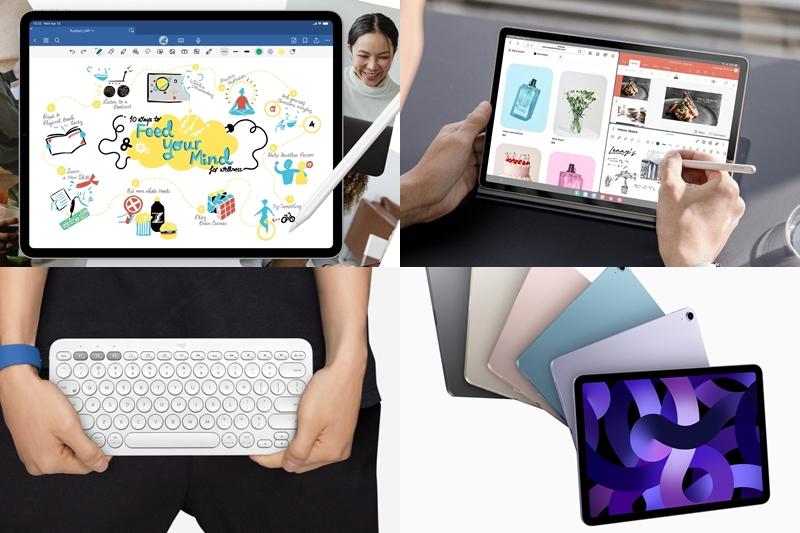
邁入開學季,要為新學期做準備,現在台灣校園推行數位化,越來越多老師、學生捨棄傳統紙本,改用平板寫數位筆記,不僅能減輕書包重量,更可以透過輔助軟體加強學習效率。作為數位筆記新手,選擇適合的產品更能輔助學習事半功倍。
數位筆記最大的優勢,就是便攜性以及客製化的功能,不必擔心筆記本遺失或是忘記帶,只要透過雲端在不同設備間進行同步,就可以在通勤過程中用手機複習,回家再用電腦進一步整理資訊。數位筆記提供更多元的格式,可以自由搭配圖表、變更字體顏色、繪製圖形,還能直接引入老師提供的數位教材,在每一個段落註記重點,讓複習事半功倍,不會受限於傳統的紙張空間。
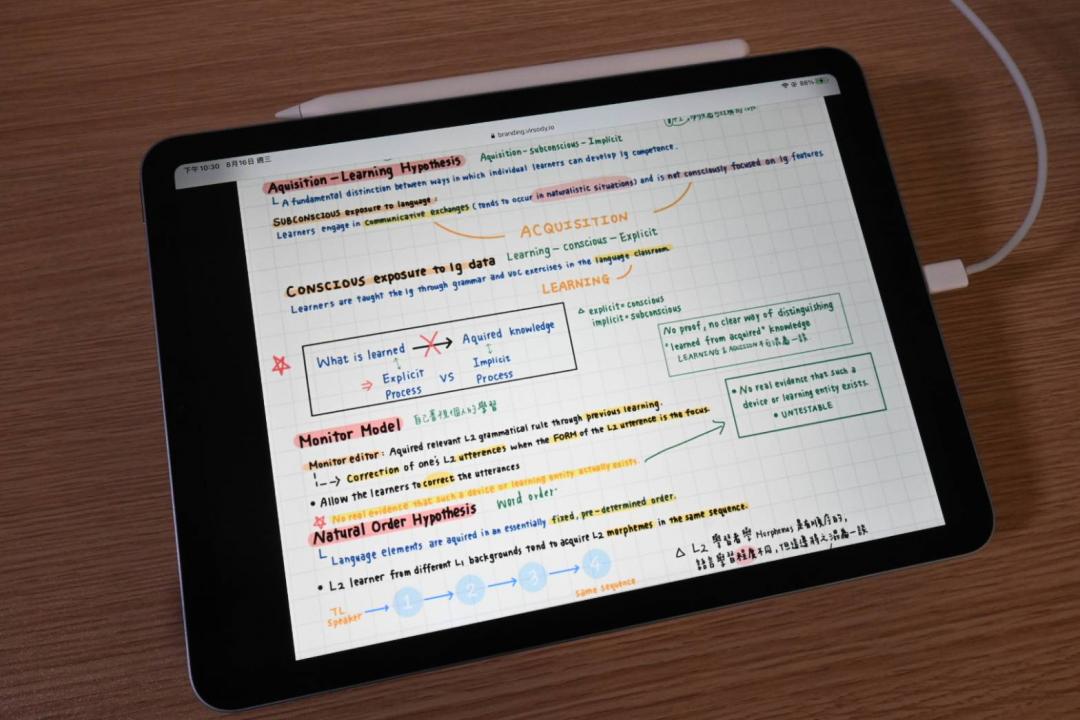 比起紙本,數位筆記能有更多元的變化,且攜帶方便。(記者黃肇祥攝)
比起紙本,數位筆記能有更多元的變化,且攜帶方便。(記者黃肇祥攝)
平板、筆電功能需求不同
作為新手入門數位筆記,第一款產品該選擇平板電腦還是筆記型電腦呢?若是學生,建議從個人需求開始考慮,目前平板仍難以取代筆電,若手邊沒有屬於自己的電腦,就讀科系又需要剪片、製作模型或撰寫程式等,仍建議選購用途廣泛的的筆電。如果家中已經有電腦,就適合添購平板,不但方便攜帶且和筆電可在不同使用情境中達到相輔相成的效果。
看軟體挑選筆記工具
數位筆記一般靠兩種方式撰寫,常見的是觸控操作搭配手寫筆,另一種是連接鍵盤打字,兩種方式沒有好壞,取決於個人習慣與需求,還有軟體的支援性。若購買iPad或Android平板,App的使用方式都會以觸控為主、鍵盤為輔,許多操控仰賴觸控手勢;若為Windows系統,鍵盤與滑鼠的搭配效果自然是最理想的。
以手寫筆來製作數位筆記,能享有不受傳統紙本格式限制的無限空間,得以輕鬆畫出線條、表格來整理資訊,考驗的是手寫速度和即時統整能力。透過鍵盤打字更容易記下所有細節,但後續需要整理筆記內容,建議根據情況,採不同的筆記形式。
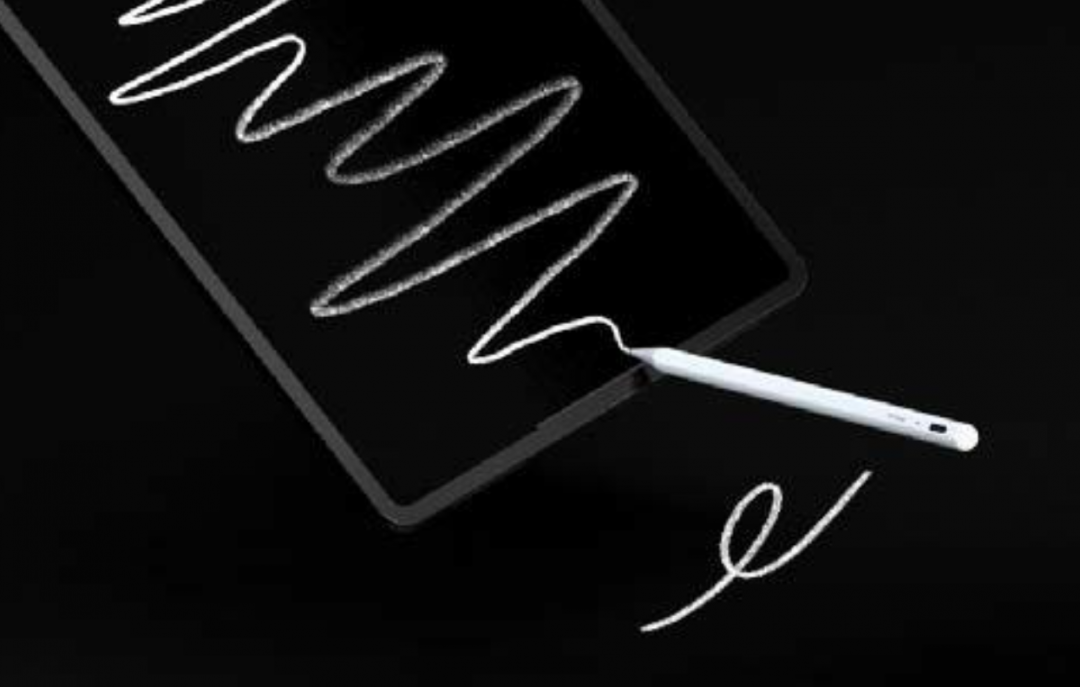 使用手寫筆作筆記,可快速繪製表格整理資訊。圖為Penoval AX Pro手寫筆,支援傾斜角功能,售價2,590元。
使用手寫筆作筆記,可快速繪製表格整理資訊。圖為Penoval AX Pro手寫筆,支援傾斜角功能,售價2,590元。
若想購入平板當作筆記,別忽略外接鍵盤、手寫筆等費用,加總起來不見得會比購買筆電更划算。學生族群可以考慮副廠產品來節省預算,像是Penoval AX手寫筆,支援iPad的磁力吸附、隨手寫、圖形辨識等功能。若有繪圖需求,Penoval AX Pro「繪圖款」額外支援傾斜角功能,不同角度能畫出不同的陰影效果;還有羅技K380藍牙跨平台鍵盤,支援多平台,最多可同時連接三台裝置。
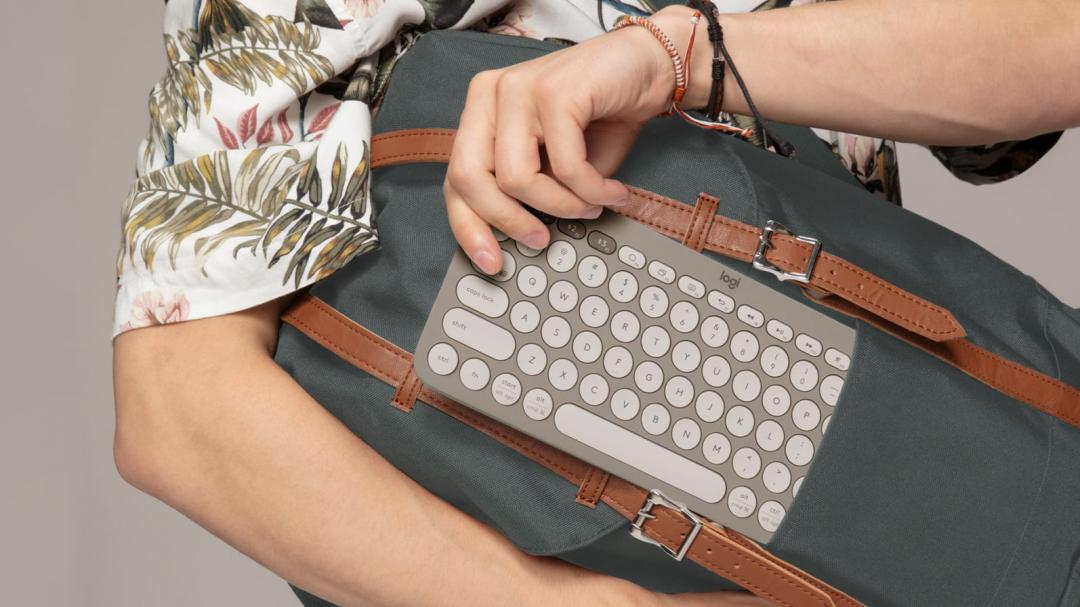 羅技K380鍵盤,售價1,090元。
羅技K380鍵盤,售價1,090元。
可跨平台筆記軟體最佳
挑選筆記軟體建議以「支援跨平台」為優先考量,可以在手機、平板與電腦之間無縫銜接,未來更換設備也有利於轉移資料,避免被單一系統綁死。以純文字筆記為主,推薦Google Keep、Evernote、SimpleNote等簡約設計的App。若希望加入更多圖像、表格元素,以手寫為核心的GoodNotes、Microsoft OneNote 就非常適合。
 GoodNotes 筆記軟體。
GoodNotes 筆記軟體。
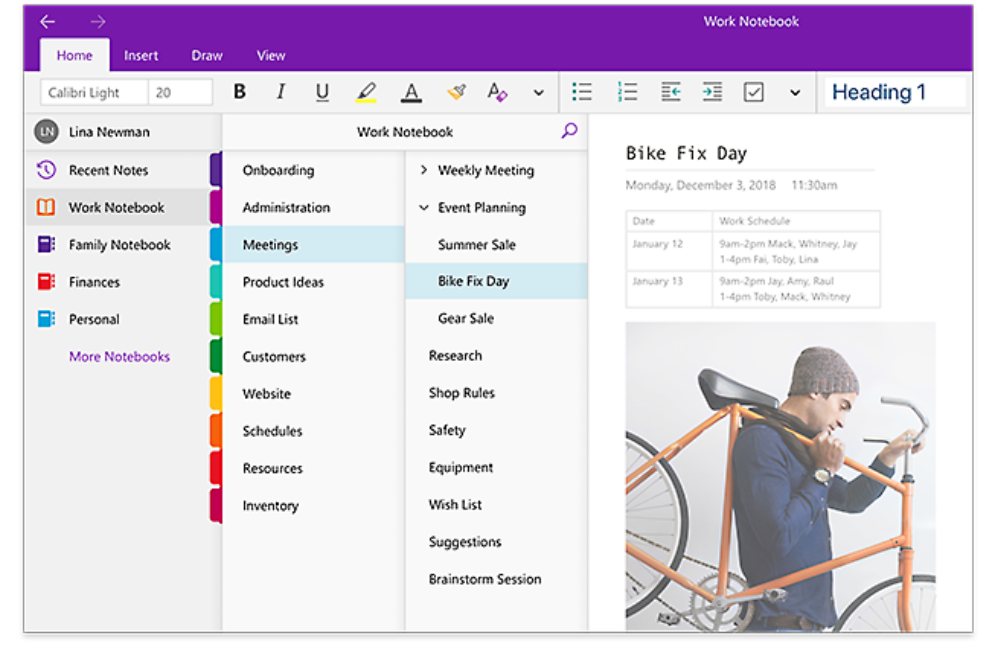 Microsoft OneNote 筆記軟體。
Microsoft OneNote 筆記軟體。
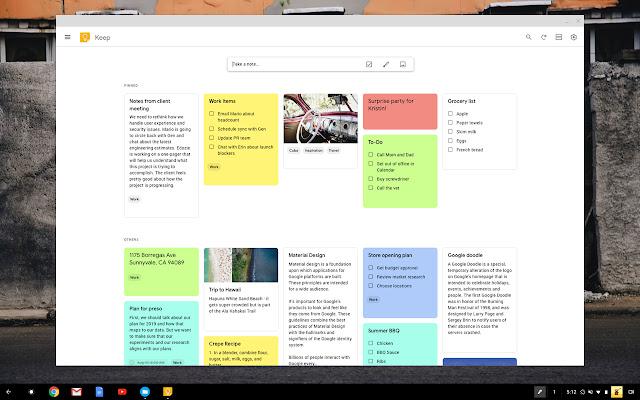 Google Keep筆記軟體。
Google Keep筆記軟體。
達人分享小撇步
知名筆記YouTuber BPW建議,數位筆記新手一開始需要適應筆跡與觸感,可以搭配視窗放大的功能,逐步習慣在玻璃螢幕上書寫的手感。另外,可嘗試不同的筆記設定,像是不同粗細的字跡與格線大小,寫起來會有不一樣的感受。如果擔心筆跡不好看,則能透過筆記軟體提供的轉換功能,將手寫字轉換數位文字,並套用筆記內設定的字型。
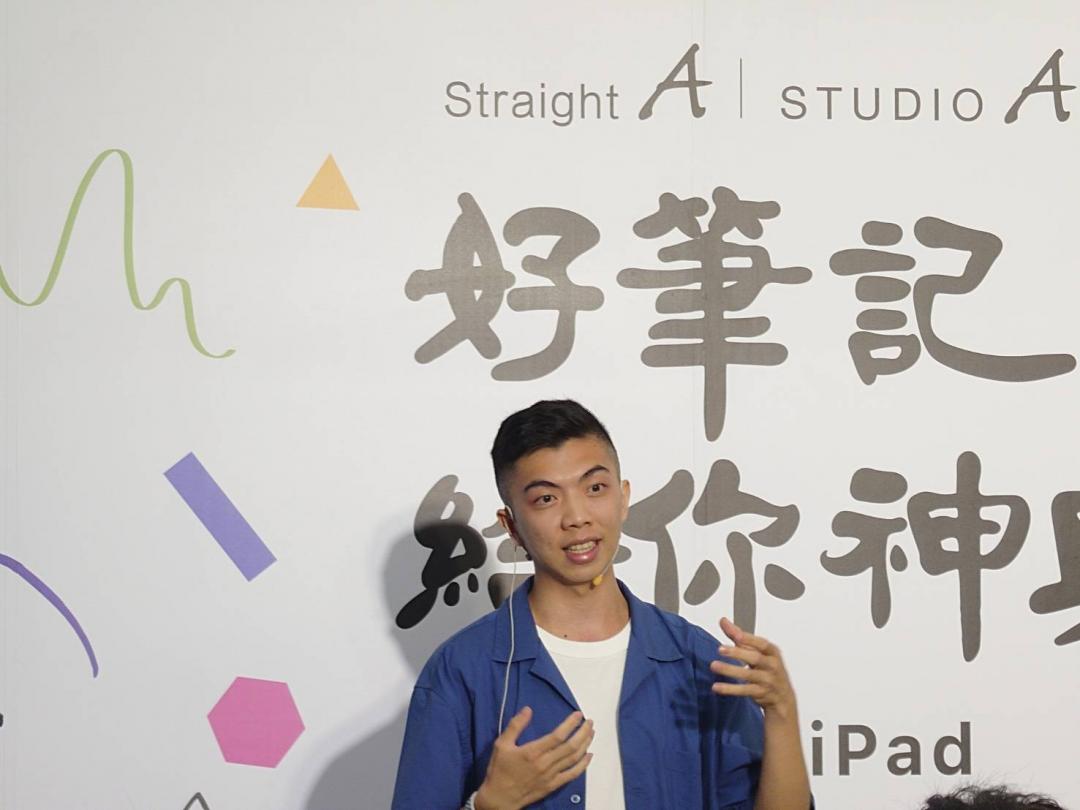 筆記達人BPW分享,自己在高中開始透過iPad作筆記,學習成效大大提升。(記者黃肇祥攝)
筆記達人BPW分享,自己在高中開始透過iPad作筆記,學習成效大大提升。(記者黃肇祥攝)
數位筆記好夥伴
Surface GO 3
平板、筆電二合一,微軟Surface GO 3拆卸式鍵盤設計,可在兩種型態之間完美轉換,且搭載Windows 系統,確保完整軟體支援性。
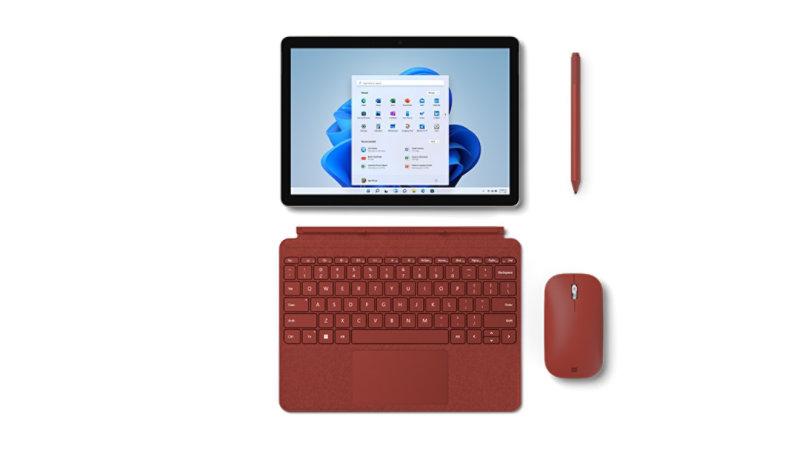 Surface Go 3,售價12,288元起。
Surface Go 3,售價12,288元起。
Galaxy Tab S9
三星是少數持續耕耘Android高階平板的品牌,原廠就有提供手寫筆、鍵盤組合,更與知名筆記軟體GoodNotes獨家合作,功能完整。
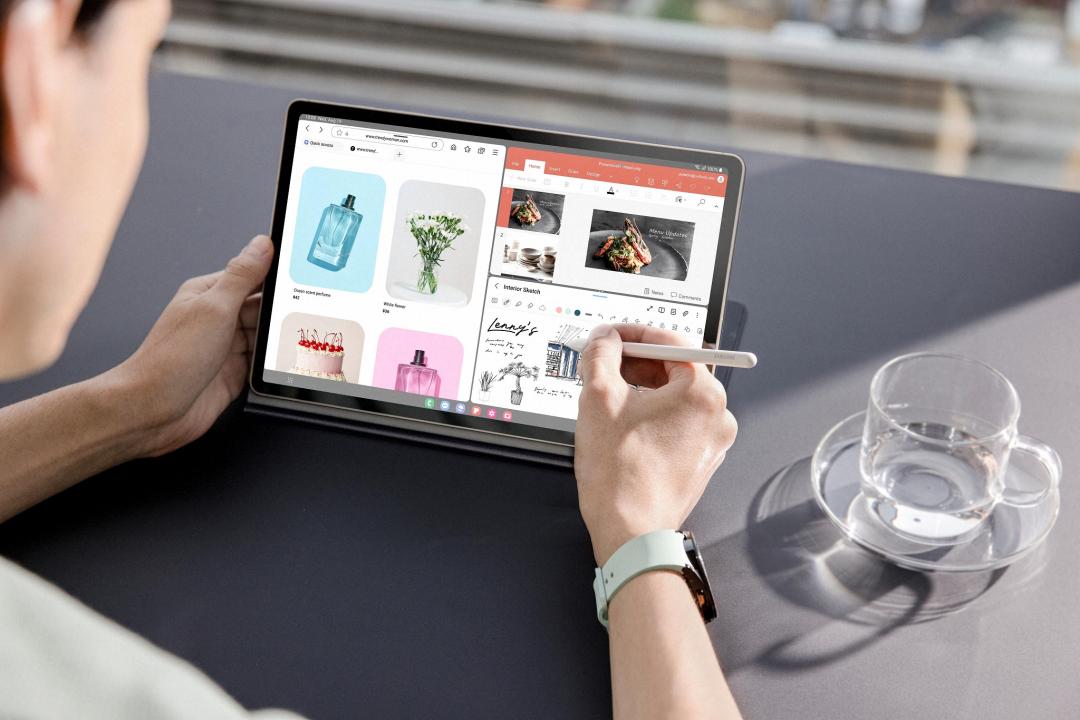 Galaxy Tab S9,售價23,990元起。
Galaxy Tab S9,售價23,990元起。
iPad 10/Air 5
蘋果iPad仍是平板電腦首選,iPad OS系統功能近年靠攏mac OS電腦系統,廣泛支援多款專業創作、辦公軟體。若有足夠的預算,可以考慮iPad Air 5具備電腦級的M1晶片與P3廣色域螢幕,並支援第2代Apple Pencil以及磁力吸附。若預算有限,可以選擇iPad 10,A14晶片仍有一定的水準,省下來的預算可以考慮購買副廠手寫筆或是外接鍵盤。
 iPad 10,售價14,900元起(不含鍵盤)。
iPad 10,售價14,900元起(不含鍵盤)。
HP Pavilion x360
想要寫筆記也能嘗試購入具有翻轉螢幕的 Windows 筆電,像是HP Pavilion x360 可以透過轉動螢幕角度,提供帳棚模式、直立模式等不同角度的使用情境,並且搭配 Intel第13代i7 U系列處理器,在效能上優於一般平板。
 HP Pavilion x360,14吋售價 35,900 元。
HP Pavilion x360,14吋售價 35,900 元。
Vivobook 13 Slate OLED
華碩 Vivobook 13 Slate OLED是少數能在入門價格提供OLED螢幕的二合一筆電,與Surface Go 3一樣採平板式機身與可拆式鍵盤的組合,搭配的asus筆電收購asus Pen 2.0手寫筆可支援4096階壓力感應、266 Hz取樣率,適合喜歡繪畫的學生族群。
 Vivobook 13 Slate OLED,售價 19,990 元。
Vivobook 13 Slate OLED,售價 19,990 元。
asus筆電收購 asus筆電收購
